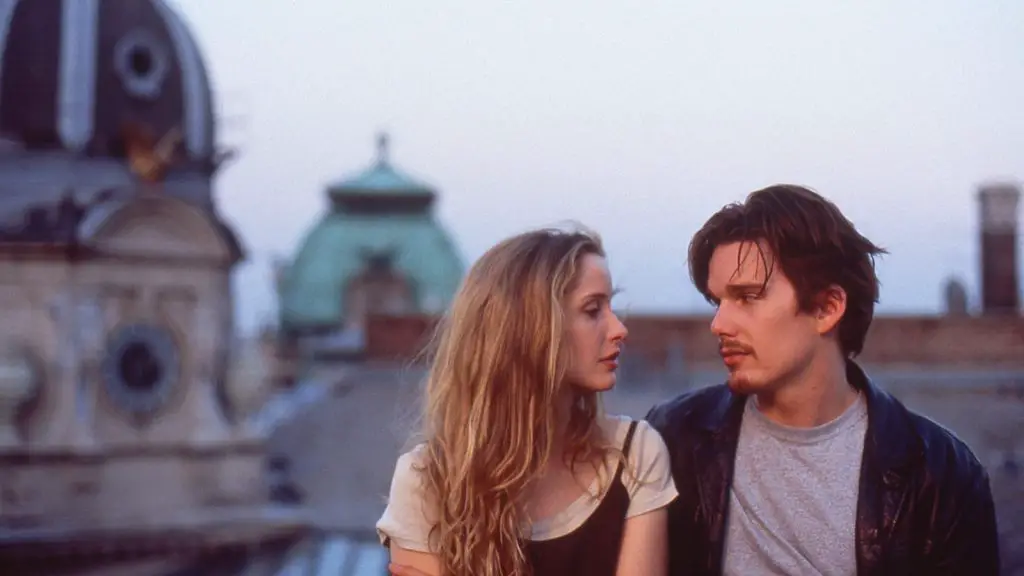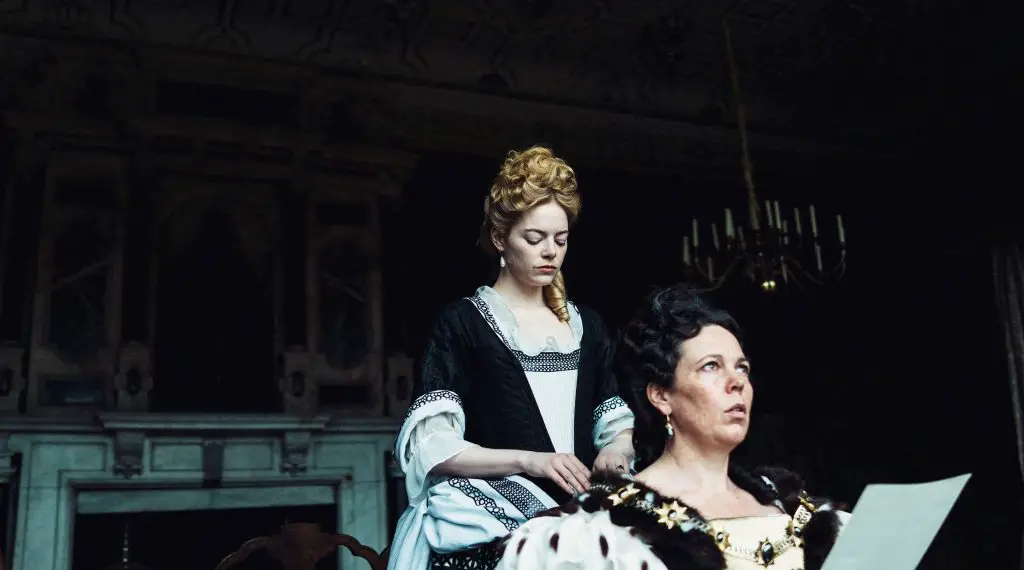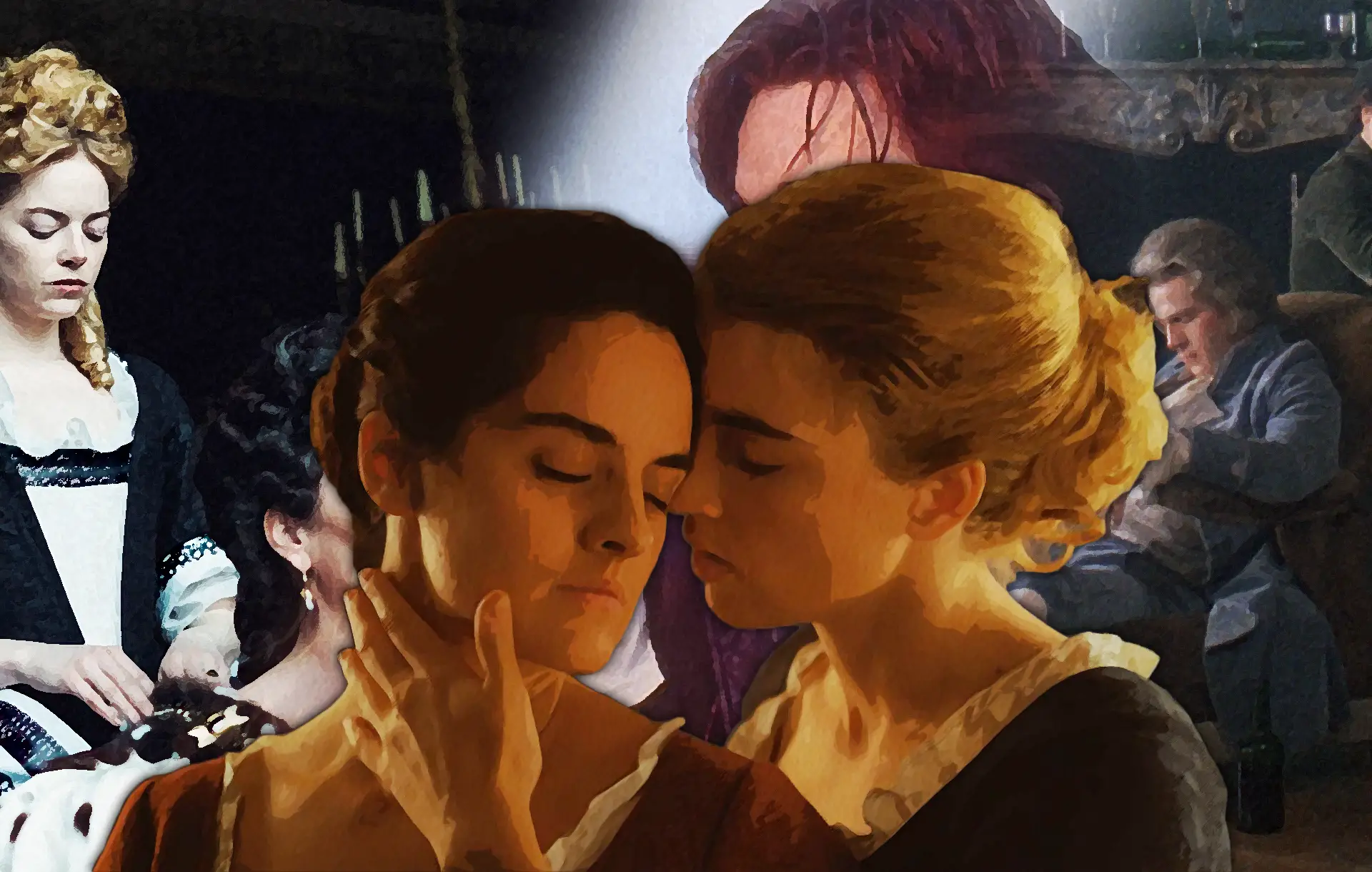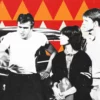Perhaps no film from the past year has been so egregiously snubbed by the various awards and honors as Portrait of a Lady on Fire. While it received stellar reviews from every major outlet (with the exception of the ardently conservative National Review and Christian Science Monitor—no surprise considering the fact that the plot involves ladies loving ladies and the ardent rejection of the traditional concept of marriage), still it was overlooked, its only major recognition coming in the form of Best Screenplay at Cannes.
This shows how out of touch these award ceremonies really are—a topic that has been on the tip of industry’s tongue lately thanks to #OscarSoWhite and Joaquin Phoenix’s recent lambasting of the BAFTA’s monochromatic nominees.
I don’t know if Portrait of a Lady on Fire has been so consistently passed over because it was written and directed by a woman (the astoundingly talented Céline Sciamma), or if it’s because it’s in French (and to paraphrase recent comments from Parasite director Bong Joon-ho, if Americans can get over the one inch barrier of subtitles we’ll get access to many great films), but I do know that this film is nothing short of a masterpiece.
The Genius of Portrait of a Lady on Fire
In case you haven’t seen it, here’s a quick synopsis:
Set in France of 1760, a young painter named Marianne is hired to go to an isolated island where she is to paint the portrait of a woman called Héloïse. Seems straightforward enough, but there’s a catch—Héloïse is to be married upon the portrait’s completion, and she refuses to sit for it due to her aversion to said marriage. So Marianne is told to follow her around and pretend she’s only there to provide companionship, but to examine Héloïse’s face and paint it in secret. The two women fall in love, and between them and their young maid Sophie, we watch the struggles they face in a patriarchal society in which women have little to no say in their own destinies.
It’s a movie about painting, and many of the frames look as if they were taken directly out of a painting from one of the great masters.
This film is, frankly, astounding in its beauty. It’s a movie about painting, and many of the frames look as if they were taken directly out of a painting from one of the great masters. I don’t know if I’ve ever seen a film that is so rich in its use of color. There were numerous times when I would pause the movie just to give myself more time to take in the perfection of the scene.
In other words, Céline Sciamma is a virtuoso director. But her skill also extends to the writing. From its deceptively simple yet surprising narrative to its captivating dialogue, few films from the past decade have been so tightly composed.
My praise could go on—the gorgeous lighting, the vibrant costuming, and the acting, oh god, the acting (find someone who looks at you the way actors Noémie Merlant and Adèle Haenel look at one another)—but I think you get the picture. It’s really, really fantastic.
Instead of lavishing Portrait with more much-deserved praise, I’d like to set it alongside three relatable films. If you liked Portrait, then be sure to check out…
Barry Lyndon

Many of the visual concepts that are notable in Portrait can be seen in Stanley Kubrick’s Barry Lyndon. Set in the same time period, Kubrick proved that he was the master of lighting by using nothing but natural light sources that would have been accurate to the 1750s.
He also composed his shots with the intention of making them look like paintings directly from the era. Long, still shots were carefully blocked, lit, and contrasted to make them appear as if they were drawn straight out of 18th century paintings from the likes of William Hogarth or Camille Corot. In fact, if you were shown a still from the movie, you would be forgiven if you mistook it for an Enlightenment era painting.
Before Sunrise

This might seem like an odd inclusion, but my comparison here is in the dialogue and acting.
One of the masterful aspects of Portrait is in the natural, believable dialogue between two people falling in love. It seems real—and you get this same sense from Richard Linklater’s Before Sunrise.
Like Portrait, Linklater’s film is carried on the shoulders of two talented actors who you need to truly believe are falling in love, and it accomplishes this. So credible is the interaction between its two leads (here and in the entirety of the Sunrise trilogy for that matter) that I wouldn’t have been surprised to find out that stars Ethan Hawke and Julie Delpy had fallen for one another in real life.
The Favourite

Though tonally estranged from Portrait—The Favourite being a sardonic, black comedy while Portrait is a breathless love drama—this is perhaps the easiest comparison to make.
Both are set in the same period. Both leverage outstanding costume and production design. But I think most relevant to Portrait are the themes dealt with, i.e, it’s a hard world for a woman.
The interesting difference is how the two movies choose to handle the ideas surrounding this theme. In The Favourite, the women are compelled by rugged individualism that prompts them to do questionable and flat out abhorrent things in pursuit of power. Portrait, on the other hand, takes a decidedly gentler, communal (sometimes witchy) approach to how its characters react in the face of adversity.
I’ll allow you to judge for yourself which route worked out best for the protagonists.




